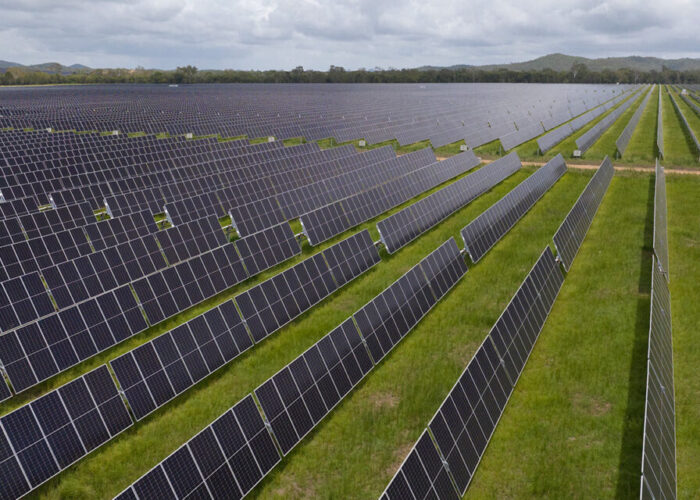
India added around 12.2GW of new solar capacity in the first half of the year, according to figures from JMK Research, which means that renewable capacity additions in the first half of 2024 have exceeded the total volume of capacity added in 2023.
The new solar additions, alongside 1.9GW of new wind capacity, means that India added just over 14GW of new renewable capacity in the first six months of the year, more than was added in the entirety of 2018, 2019, 2020, 2021 and 2023. New solar capacity accounted for the most new renewable energy capacity added—44%—and is the largest single contributor to the 195GW of renewable power capacity currently in operation in India.
Unlock unlimited access for 12 whole months of distinctive global analysis
Photovoltaics International is now included.
- Regular insight and analysis of the industry’s biggest developments
- In-depth interviews with the industry’s leading figures
- Unlimited digital access to the PV Tech Power journal catalogue
- Unlimited digital access to the Photovoltaics International journal catalogue
- Access to more than 1,000 technical papers
- Discounts on Solar Media’s portfolio of events, in-person and virtual
Much of this growth came from the utility-scale sector, with India adding around 9.6GW of new utility-scale capacity in the first half of the year. JMK Research suggests the temporary exemption of the Approved List of Modules and Manufacturers (ALMM), a means to encourage developers to buy and install more Indian-made solar products, enabled developers to import modules from overseas in the first three months of the year. India added around 7.5GW of utility-scale capacity in the first quarter of this year, with 5.3GW installed in March alone.
This vast increase in utility-scale additions was a stark contrast to the 10% quarter-on-quarter decline in rooftop solar capacity additions seen in the first quarter of this year. This may change in the coming months, as the Indian government’s latest budget includes a US$8.9 billion investment into the deployment of new rooftop solar projects, and JMK Research also expects the sector to rebound.
The analyst notes that India is aiming to add more than 2GW of new rooftop solar capacity in the second half of the year, up from the 1.8GW installed in the first half, but the country’s reliance on its utility-scale sector is notable.
From the first half of 2023 to the first half of 2024, India’s solar capacity additions, across all sectors, increased by 78.9%. Over this same period, the country’s wind capacity additions increased by 2.3%, and these trends will need to continue if India is to meet its clean energy targets, which include the installation of 500GW of non-fossil fuel capacity by the end of the decade.







